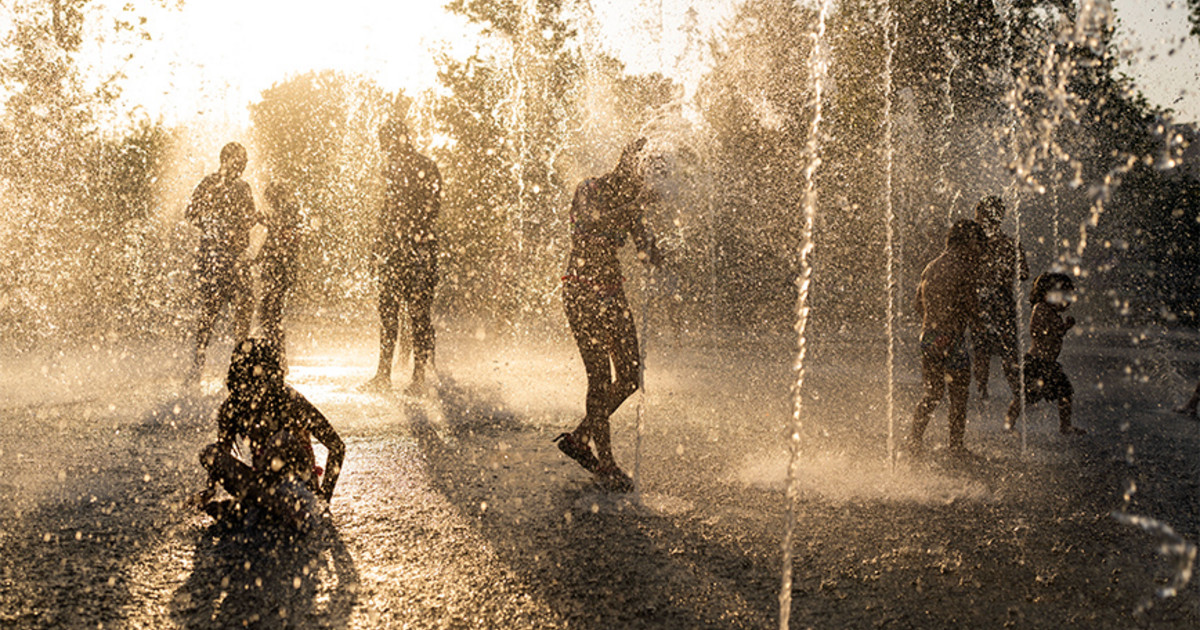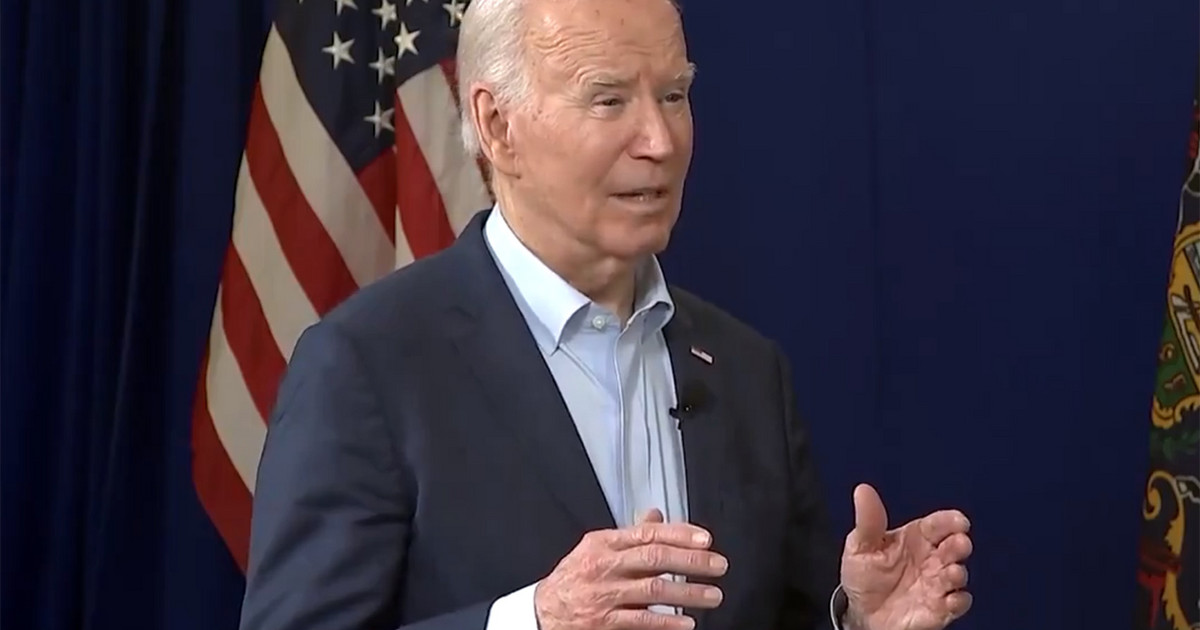The city of Salvador is known for its gastronomic, architectural and coastal richness. From the Pelourinho to Farol da Barra, there is much to see and be enchanted in the capital of Bahia.
However, it is because there are so many places to visit that doubts may arise as to where to go and what to do in the city.
There are programs both for those who want to enjoy the historical monuments scattered around the capital of Salvador and also for those who want to see the beautiful beaches.
See below some of the main tourist attractions in Salvador to get to know the city.
10 tourist attractions in Salvador to visit
There are a lot of tourist places in Salvador. See 10 options to discover during your trip.
Our Lord of Bonfim Church

One of the best known and most traditional churches in Salvador is Nosso Senhor do Bonfim. Its architecture is marked by the neoclassical style and its facade in rococo.
Its construction dates back to the colonial period, between 1746 and 1754. Its purpose was to house the image of Senhor Bom Jesus do Bonfim, brought from Lisbon.
Those visiting for the first time take the opportunity to tie a ribbon of Senhor do Bonfim on the colorful railing of the Church — a centuries-old tradition for both Bahians and tourists.
The Church is located in Largo do Bonfim, where a small market is set up with typical foods and handicraft items and typical foods. It is also where one of the most traditional festivities in Salvador takes place: the Bonfim wash.
Pillory

A postcard of the city, Pelourinho is the right destination for those who want to discover the main tourist attractions in Salvador.
The oldest neighborhood in the city is located in the Historic Center of Salvador, listed by Unesco and, since 1985, considered a World Heritage Site.
The region is a great dive into the history and culture of Brazil and has several bars and restaurants with local cuisine, as well as houses of typical craft items to enjoy both day and night.
Pelourinho is also home to a well-preserved colonial architectural complex, with its narrow streets and colorful mansions that attract attention.
Many cultural expressions in Bahia, such as candomblé and popular festivals, have space for expression in this neighborhood.
Jorge Amado House Foundation

In the Pelourinho neighborhood, it is impossible not to mention the Casa de Jorge Amado Foundation, a space totally dedicated to preserving and honoring the life and work of the writer from Bahia.
The foundation has a permanent exhibition on the life of Jorge Amado — there are more than 250,000 materials that tell his story. There is also the Café Teatro Zélia Gattai (named after his wife), a point of the museum to enjoy the local gastronomy.
In addition to being a cultural point of reference in Salvador, it offers courses, seminars, workshops, launches and other activities.
The highlight goes to FLIPELÔ (International Literary Fair of Pelourinho), one of the biggest literary events in Bahia, which also takes place in this location.
church of san francisco

Among the places to visit in Salvador is the Church and Convent of São Francisco — one of the greatest examples of Brazilian Baroque architecture.
It is worth mentioning that it is listed by IPHAN and is classified as one of the Seven Wonders of Portuguese Origin in the World. The construction is also located in the Historic Center of the city.
Its origins date back to 1686, being a project by Father Vicente das Chagas. The interior of the temple is completely adorned in gold and the sanctuary has several works of art.
The Portuguese tiles that cover the cloister and sacristy draw the attention of the place with scenes from the life of Saint Francis of Assisi.
Lacerda’s elevator

For those who want to reach the lower part of the city, the Elevador Lacerda is the way to do it.
Inaugurated in 1873, it was the first urban elevator in the world. It was designed by the Bahian engineer Antônio de Lacerda, hence its name.
The main purpose of the elevator was to connect the upper city, where the Cidade Alta neighborhood (current Pelourinho district) was located, with the lower city, where the port and local commerce were located.
In addition to being a practical means of transport for local residents and visitors who want to move around, it is an important cultural and historical symbol of Salvador.
It represents a time when the city was undergoing intense urban modernization and marked a significant technological advance.
Mercado Modelo in Salvador

In the lower part of the city of Salvador, one of the well-known tourist places is the Mercado Modelo, in Praça Cairu, Comércio. It is one of the main centers of commerce and culture in the region.
Originally, it was built in the 19th century as an exchange house to store goods brought by ships that docked at the port of Salvador.
Afterwards, it was converted into a market and, over the years, it has undergone several renovations and modifications.
It has a spacious interior, with corridors full of shops and stalls selling a wide variety of products, in addition to housing historic restaurants with typical dishes of Bahian cuisine, such as acarajé, abará and fish moqueca.
Due to its privileged location, Mercado Modelo also offers a beautiful view of Baía de Todos os Santos. It is possible to enjoy the sunset and enjoy the vibrant atmosphere.
Solar do Unhão

Solar do Unhão, also known as Museu de Arte Moderna da Bahia (MAM-BA) is one of Salvador’s most popular tourist attractions.
Located in the region of Baía de Todos os Santos, its outstanding feature is its garden, which offers a breathtaking view.
Built in the 17th century, it was originally a manor house on an old sugar cane farm.
Later, in the 20th century, it was restored and adapted to house the Museum of Modern Art of Bahia, inaugurated in 1960.
The museum displays an important collection of modern and contemporary art, including paintings, sculptures, photographs and installations by Brazilian and international artists.
The MAM-BA exhibitions rotate, which means that visitors can see different works of art on each visit.
Barra Lighthouse

Among the main tourist attractions in Salvador is the Farol da Barra, an iconic lighthouse located in the Barra neighborhood and which is present in the city’s postcards. It is one of the best places to admire the sunset and connect with the energy of the city.
The lighthouse is located in Forte de Santo Antônio da Barra, a historic fortification that dates back to the 16th century. It was built by the Portuguese with the aim of protecting the entrance to the Bay and the city of Salvador from maritime attacks.
The Farol da Barra complex also houses the Nautical Museum of Bahia, which features exhibits related to the maritime history of the region.
Visitors have the opportunity to see historical artifacts, models of ships, navigation instruments and learn about the importance of the sea in Bahian culture.
Afro-Brazilian Museum
The Afro-Brazilian Museum, or simply Mafro, is a space dedicated to preserving the identity and memory of the Afro-descendant population, contributing to an education that promotes positive ethnic-racial relations.
There are more than 1100 pieces of African and Afro-Brazilian material culture. The museum opened in 1982 and is part of UFBA, with the aim of promoting research, teaching and extension activities on the subject.
In addition, it aims to disseminate and share information on its collection through courses, temporary exhibitions and publications.
Dique do Tororó

Lesser known than other tourist attractions in Salvador, Dique do Tororó is the only natural spring in Salvador listed by IPHAN. It has a pond with 110,000 liters of water and is located in the homonymous neighborhood.
Tourists can be enchanted by the privileged view, enjoy the gastronomy and take advantage of various leisure options.
The place also has sculptures that represent the orixás of candomblé, signed by the plastic artist Tatti Moreno.
Salvador’s most famous beaches
Salvador is known for its beautiful beaches, which attract locals and tourists alike.
- Barra Beach : is one of the most popular beaches in Salvador. It is known for Farol da Barra, is usually frequented by bathers and offers a beautiful view of Baía de Todos os Santos;
- Itapua beach : located in the neighborhood of Itapuã, this beach is famous for its natural beauty and calm waters. It is also known for the famous song “Tarde em Itapuã”, composed by Vinicius de Moraes and Toquinho. The beach has beach huts, restaurants and a tree-lined shore;
- Flamengo Beach : located in the neighborhood of the same name, it is an extensive beach with white sand and crystalline waters. It is an ideal option for those seeking tranquility and contact with nature. The beach has kiosks and is known for its acarajé stalls;
- Stella Maris beach : located in the homonymous neighborhood, it is a beach known for its colorful cliffs and stunning landscapes. It is a popular destination for water sports such as kitesurfing and windsurfing. The beach has a good structure of bars and restaurants;
- Jaguaribe beach : located in the neighborhood of Patamares, it is an extensive and quiet beach, ideal for walks and bathing in the sea. It is a less crowded and more reserved option compared to other beaches in the city.
Be sure to catch all of CNN’s travel and food news
Source: CNN Brasil
Johanna Foster is an expert opinion writer with over 7 years of experience. She has a reputation for delivering insightful and thought-provoking articles on a variety of subjects. Her work can be found on some of the top online news websites, and she is currently lending her voice to the world stock market.






